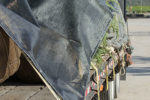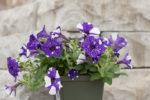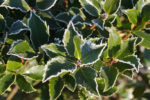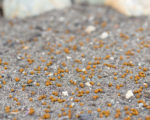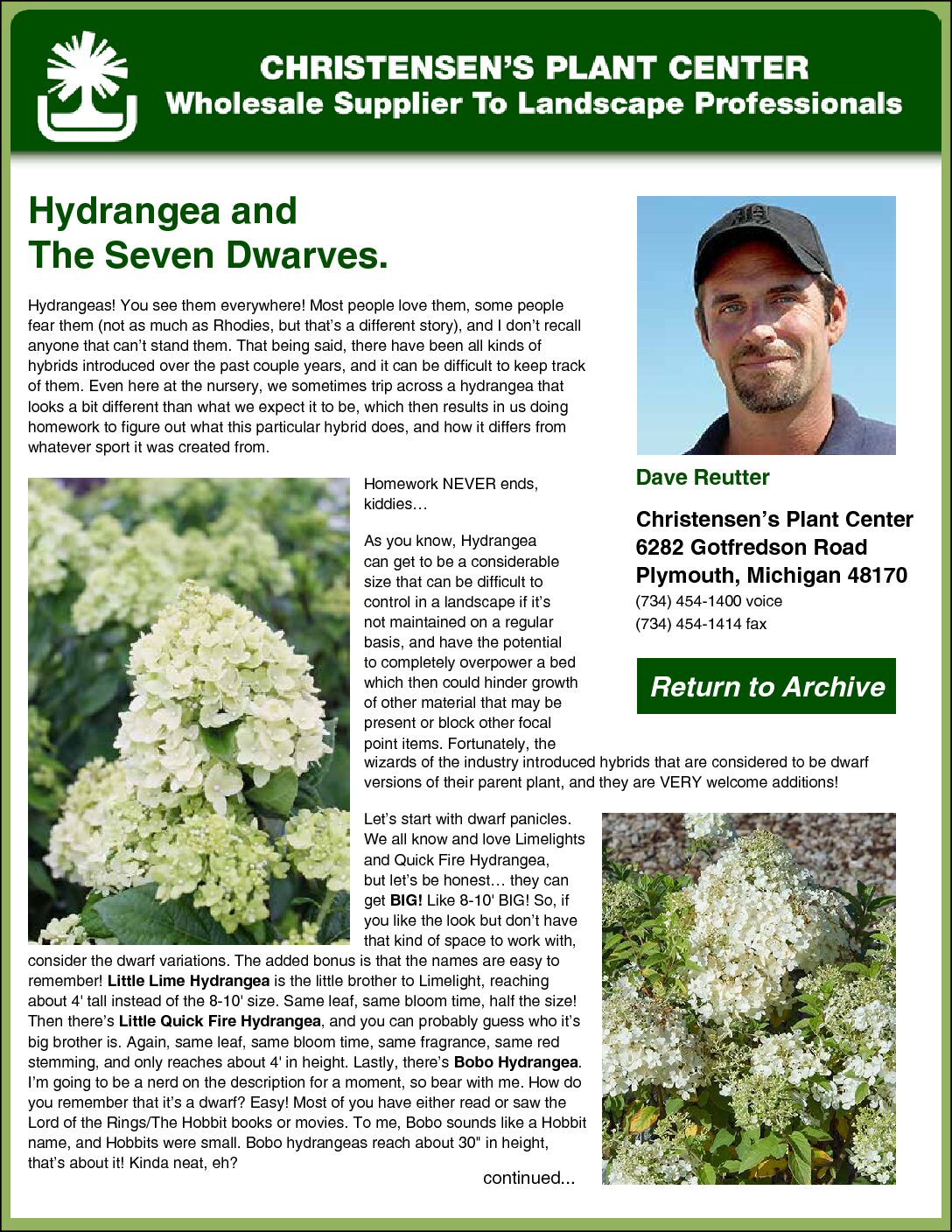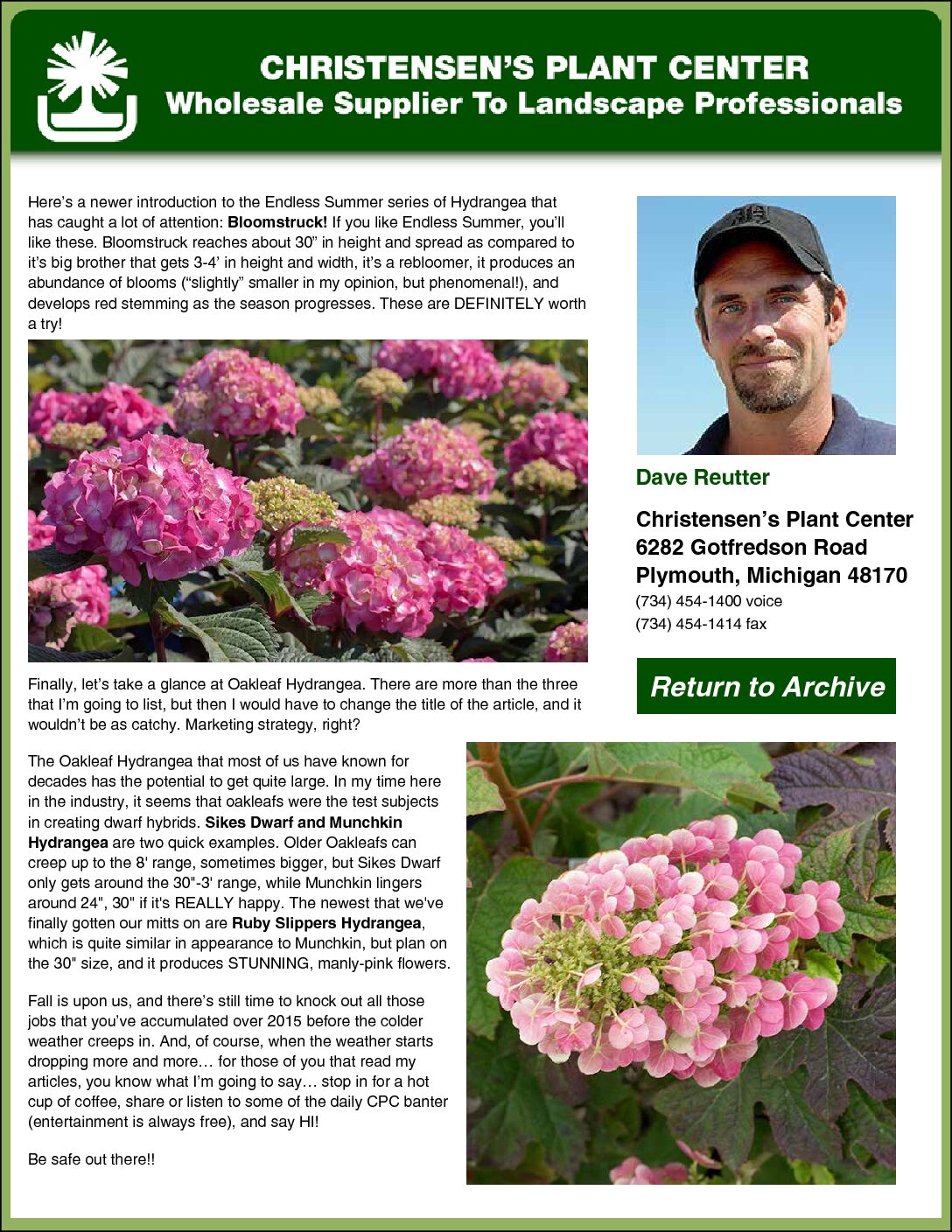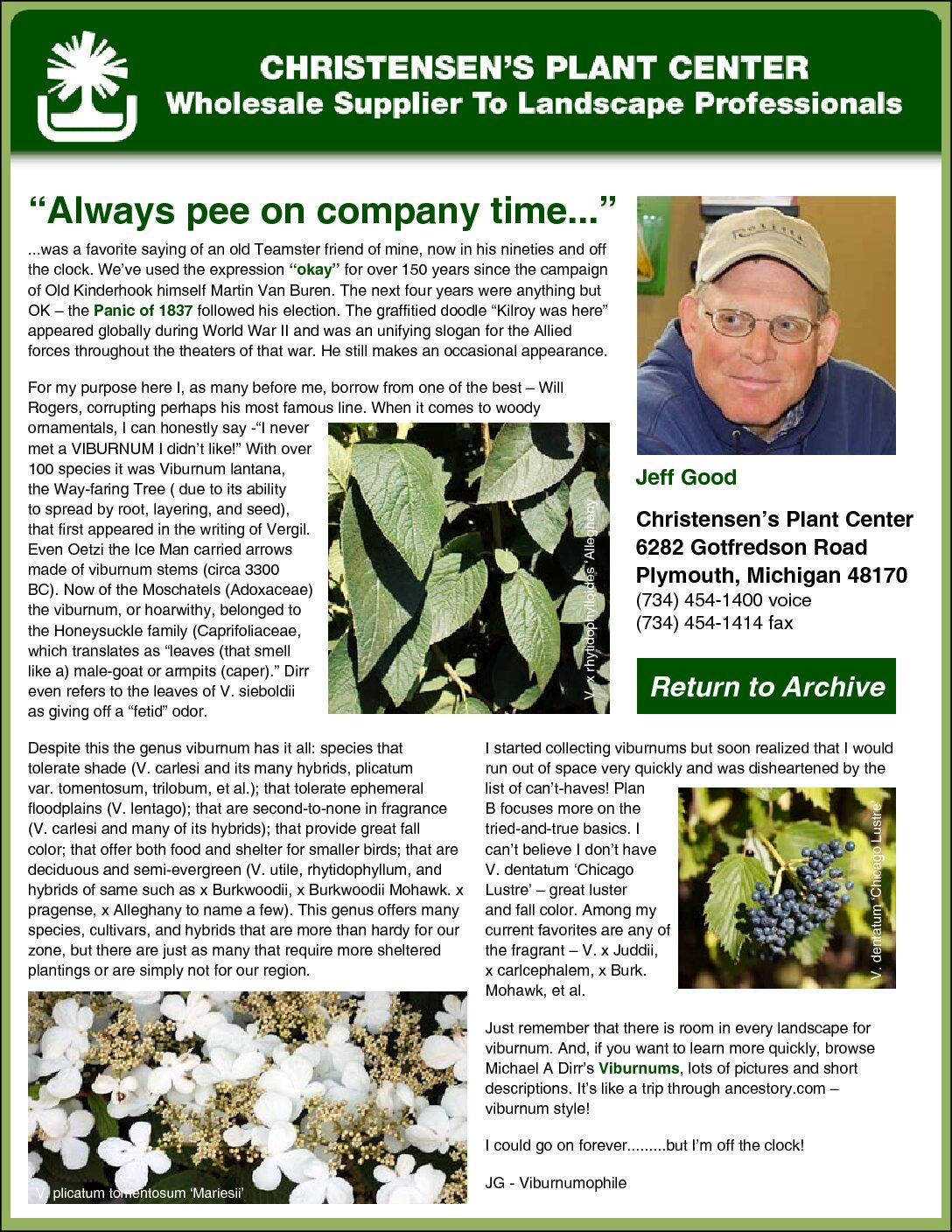Barring tornadoes and earthquakes, few weather occurrences strike fear into the hearts of the avid gardener, landscaper, and nurseryman like a late frost. We have no control over Mother Nature, if she decides she wants to paint everything white on a chilly spring morning. But there are things we can do to protect our plants.
Frost occurs on clear still nights. In late spring a light frost (28-32 F) can harm tender plants, magnolia blooms, and can kill annuals. A hard frost (25-28 F) can kill root hardy perennials and harm new leaves on woody plants. Below 25 F can harm many plants in late spring, mainly due to desiccation. Since temperatures can vary a few feet off the ground, smaller plants can be affected by a frost even if your thermometer reads above freezing. Most weather stations and apps will report a frost advisory, so pay special attention if you have vulnerable plants. Making sure to select plants that are suitable to the Hardiness Zone where they are being planted will reduce the risk of damage, and reduce anxiety over frost.
Types of frost include Hoarfrost (feathery white frost crystals), Rime (fog or dew frozen into a glaze), and Black Frost which is when there is no actual frost formed but the low temperatures are still harmful to the plants.
When is it safe to stop worrying about frost in Michigan? That depends on where you live. According to the Climactic Data Center website, in Ypsilanti it’s May 5th, in Detroit and Ann Arbor it’s May 10th, in Flint and East Lansing it’s May 28th, and if you live in Tahquamenon Falls it’s July 9th. Unfortunately nature doesn’t consult the Climactic Data Center website and can easily send a harmful frost your way beyond these dates, so be vigilant in late spring.
Some trees that are susceptible are early budding evergreens such as Black Hills spruce and Concolor fir, and deciduous trees including Sycamore, Lilacs, and Honeylocust.
So what can you do to protect your plants during a late frost? If you haven’t planted them yet and you have the space, bring them indoors (a garage, shed, or enclosed porch will do). Smaller plants can be covered with overturned pots or buckets, and larger plants can be covered with fabric, old bed sheets, or burlap (be prepared and have these items on hand before you need them). Another good method is to use your irrigation system. Watering your plants before and during below freezing temperatures helps prevent desiccation, and the water has and insulating effect on the plants and soil.
What if your plants are damaged by frost? If they are annuals or garden vegetables, they are probably toast. The effects on most landscape plants is cosmetic and plant survivability is good. The healthier the plant is, the more reserves it has to push new growth, so it is important that the plant is in the right environment and is well fed and watered.
Hopefully we don’t have to fret much longer about frost as the warmer months head our way, but don’t let your guard down yet. The Late Frost will get you if you do.


